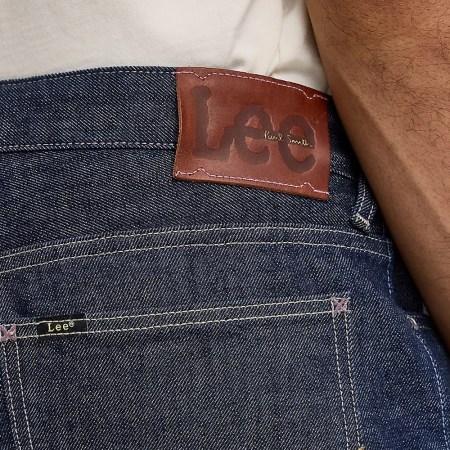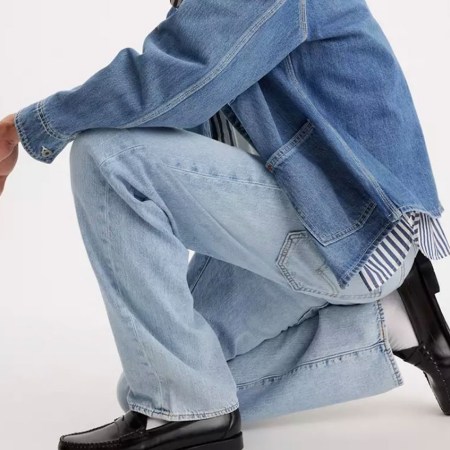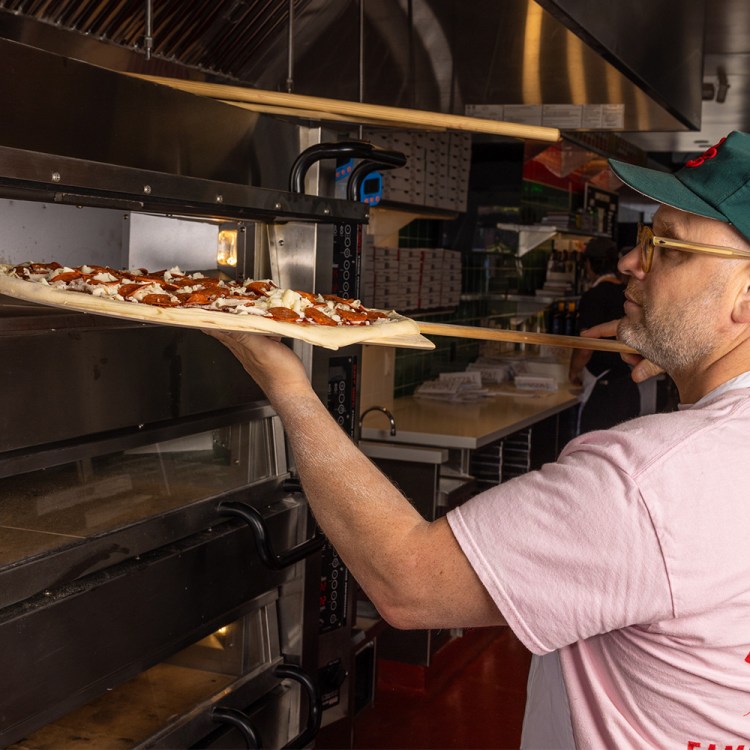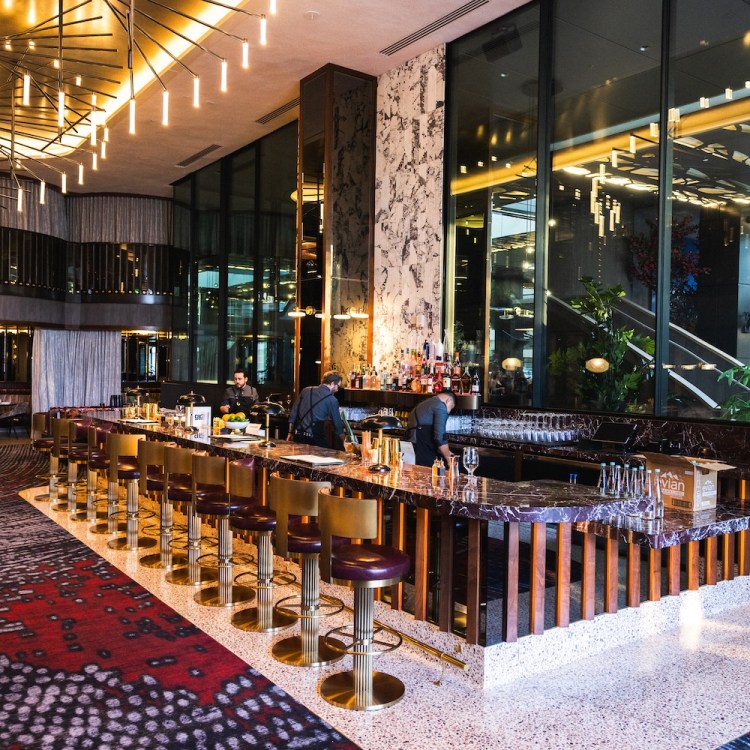Walk into a Levi’s store stocked wall-to-wall with crispy denim, and at no point will you say to yourself, “There are probably 1,000 different finishes represented here.”
But them’s the facts.
Levi’s — the San Francisco company that patented jeans in 1873 and corners the market to this day — now has some 1,000 unique dye combinations it uses each season. It remains a family-run business, and when they decide to roll out a new style, it takes them roughly 14 months to go from idea to factory to distributor to store.
Along the way the wares pass through a lot of hands, being treated with about 1,000 chemicals and more water than they’ll cop to. But that is about to change. Radically.
Levi’s has figured out a way to use fewer hands, reduce its chemical application down to 12 and recycle all of the water used — all while making a pair of jeans to your exact specifications. And they do it in four hours.
The inaugural testing ground for this new process (which they call FLX, pronounced flex and meaning Future Led Execution)? Two converted shipping containers that have popped up like a Coachella activation in the Arts District. To visit, you’ll need to follow Levi’s Instagram stories every Thursday for the giveaway of the week, which runs through October 18th.
“It’s a fun way for us to celebrate that we can do this before our fans’ eyes,” says Bart Sights, VP of Technical Innovation at Levis.
Once inside, you pick from three washes — dark, light and lighter — and then use a touchscreen to pick your preferred fade, tint and wear pattern, along with the logo and any distressing. That file is then emailed to a technician operating a CO2 laser next door. The laser lightly burns the wear and details onto your denim, and from there it’s sent to a washing machine with the tint mixed in. Once your jeans have been washed and tinted, the water from the wash is collected and then purified for reuse in the next wash, making the site almost waste-free.
“We’re trying to get away from fast fashion,” says Bart. “And this is what you need to do that.”
Bart said that they’ve already built a distribution site in Nevada where this will be done, thereby making it easier for Levi’s to not only assess demand in stores before ramping up production, but also to recycle all of the water used.
“We’re pioneers,” says Bart. “And we want others to follow our sustainability, both socially and environmentally, so we’re going to share it. It’s the right thing to do.”
This article was featured in the InsideHook LA newsletter. Sign up now for more from the Southland.






















